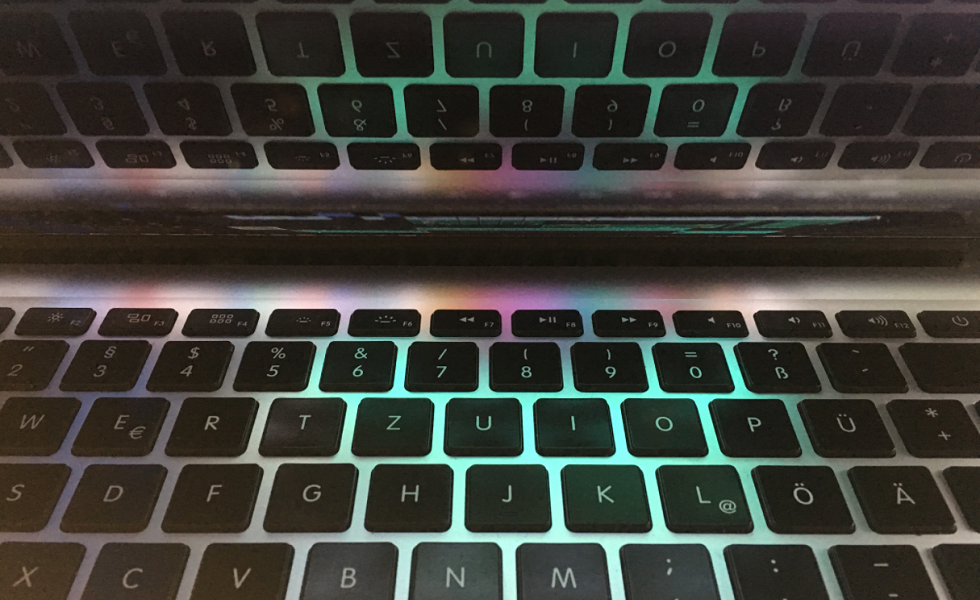Swissquote Bank: Nvidia Day

By Ipek Ozkardeskaya, Senior Analyst, Swissquote Bank
The week started badly for French assets, as the French PM called for a confidence vote that opposition parties immediately responded to with a ‘no confidence.’ The EURUSD consolidated below its 50-DMA despite a broadly pressured US dollar, which feels the pinch of a growing dispute between Federal Reserve (Fed) Governor Lisa Cook and US President Donald Trump, who attempted to fire her without necessarily having the authority to do so.
Donald Trump continues to accumulate actions unprecedented for a US president: firing officials, replacing them with loyalists, imposing tariffs on trade partners, seeking payments from companies on their private revenues, and openly telling businesses what they can or cannot do. The American story is becoming a one-man show — and not everyone finds it amusing.
The short end of the US yield curve is rallying on the softening Fed outlook. Markets fear that if Trump succeeds in ousting Cook — and he has often tested limits successfully — he could tilt decision-making at the Fed in his favour, indirectly influencing policy.
The long end of the curve, however, remains under pressure. Inappropriate rate cuts could fuel inflation and push long-term yields higher, especially against the backdrop of soaring US debt. The US 30-year yield continues to flirt with the 5% mark. The steepening of the curve, combined with rising sovereign yields in other DM bonds, adds to concerns that investors could rotate into bonds to lock in attractive returns at lower risk. For reference: the UK 30-year gilt now yields 5.60%, Australian 30-year paper sits above 5%, a European gauge of 30-year paper yields 3.80%, and the Japanese 30-year JGB is at 3.21%. Meanwhile, the S&P500’s earnings yield is around 3–4% due to rich valuations — suggesting that, rationally, equities should reprice lower relative to bonds.
As summer winds down, the bullish sentiment that carried stocks higher on trade deals, resilient earnings, and softer Fed bets could give way to risk-off positioning. Concerns are rising about Fed independence and about internal and external US policies — some of which are unprecedented for a democracy.
Nvidia closes the earnings dance; the company will report earnings after the bell. Nvidia now accounts for ~8% of the S&P500 and is the flagship of the AI theme, so its results — or the market’s reaction to them — could be market-moving, even trend-reversing. The company is expected to deliver around $46bn in revenue, largely driven by AI spending from giants like Microsoft and Meta, which account for about 40% of sales. Margins could benefit from recent export ban exemptions granted by the Trump administration. But the China story remains uncertain: Beijing is now pressuring domestic firms to buy local chips, which could erode Nvidia’s Chinese revenue share (currently about 13%). The Middle East, however, has emerged as a new growth region. With Nvidia trading on a lofty PE of ~58, strong growth is essential to justify valuations. Options pricing implies a 6% move in Nvidia shares, which could translate into a ~0.8% swing in the S&P500.
Even if Nvidia beats expectations, investors might use strength as an opportunity to take profits, which could accelerate a correction. Hedging strategies are therefore worth considering. Put options and other structures can trim downside risk but come at a cost. VIX futures are cheap but require precise timing. Diversification remains the most effective buffer: across geographies (Chinese, Asian tech), sectors (defensives like staples and healthcare, European and UK markets vs. Expensive US tech) or typical asset classes including gold, Treasuries and investment grade bonds set to benefit from upcoming rate cuts.
